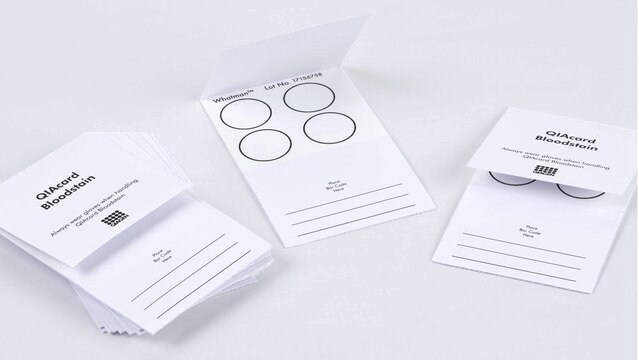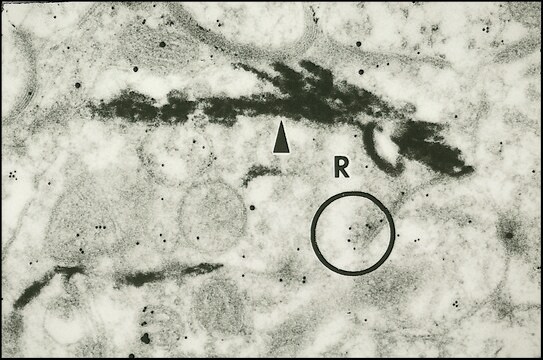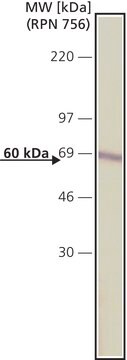COLO 857
93051120
Se connecterpour consulter vos tarifs contractuels et ceux de votre entreprise/organisme
About This Item
Code UNSPSC :
41106514
Produits recommandés
Source biologique
human lymph
Mode de croissance
Adherent
Caryotype
Not specified
Morphologie
Epithelial
Produits
Not specified
Récepteurs
Not specified
Technique(s)
cell culture | mammalian: suitable
Maladie(s) pertinente(s)
cancer
Conditions d'expédition
dry ice
Température de stockage
−196°C
Catégories apparentées
Origine de la lignée cellulaire
Human melanoma
Description de la lignée cellulaire
Derived from a right axilla lymph node of a 43 year old male with melanoma. The biopsy material was obtained post chemotherapy.COLO 839 (Sigma Catalogue number 93051119), COLO 858 (Sigma Catalogue number 93052613) and COLO 857 (Sigma Catalogue number 93051120) were all derived from the same 43 year-old male patient with malignant melanoma (see references below). This has been confirmed by STR profiling. The Y chromosome could not be detected in this cell line by short tandem repeat (STR)-PCR analysis when tested at ECACC. It is a known phenomenon that due to the increased genetic instability of cancer cell lines the Y chromosome can be rearranged or lost resulting in lack of detection. The cell line is identical to the source provided by the depositor based on the STR-PCR analysis.
Application
Tumourigenicity studies
Profil d'ADN
STR-PCR Data: Amelogenin: X
CSF1PO: 11
D13S317: 11,12
D16S539: 13
D5S818: 11
D7S820: 8,10
THO1: 10
TPOX: 8,11
vWA: 17,19
CSF1PO: 11
D13S317: 11,12
D16S539: 13
D5S818: 11
D7S820: 8,10
THO1: 10
TPOX: 8,11
vWA: 17,19
Milieu de culture
RPMI 1640 + 2mM Glutamine + 10% Foetal Bovine Serum (FBS).
Procédure de repiquage
Split sub-confluent cultures (70-80%) 1:2 to 1:4 i.e. seeding at 3-5x10,000 cells/cm2 using 0.25% trypsin/EDTA; 5% CO2; 37°C.
Autres remarques
Additional freight & handling charges may be applicable for Asia-Pacific shipments. Please check with your local Customer Service representative for more information.
Certificats d'analyse (COA)
Recherchez un Certificats d'analyse (COA) en saisissant le numéro de lot du produit. Les numéros de lot figurent sur l'étiquette du produit après les mots "Lot" ou "Batch".
Déjà en possession de ce produit ?
Retrouvez la documentation relative aux produits que vous avez récemment achetés dans la Bibliothèque de documents.
Notre équipe de scientifiques dispose d'une expérience dans tous les secteurs de la recherche, notamment en sciences de la vie, science des matériaux, synthèse chimique, chromatographie, analyse et dans de nombreux autres domaines..
Contacter notre Service technique


